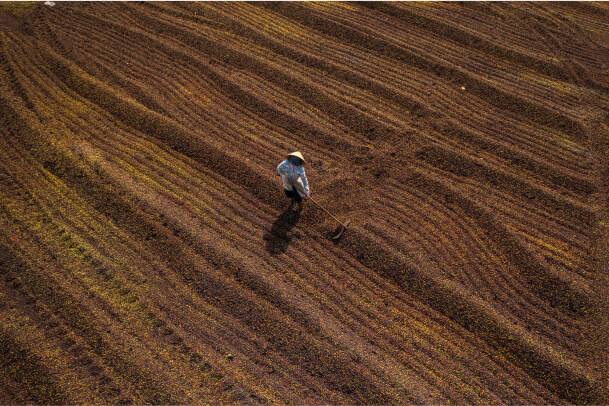Asia's Treasures
Asian coffees are excitingly diverse and different from its counterparts in terms of taste. Exotic profiles such as Papua New Guinea and East Timor are just in-demand as Vietnam, the world's second-largest coffee producer. It's no wonder, then, that Asian coffee is a delight to millions of coffee connoisseurs around the world.
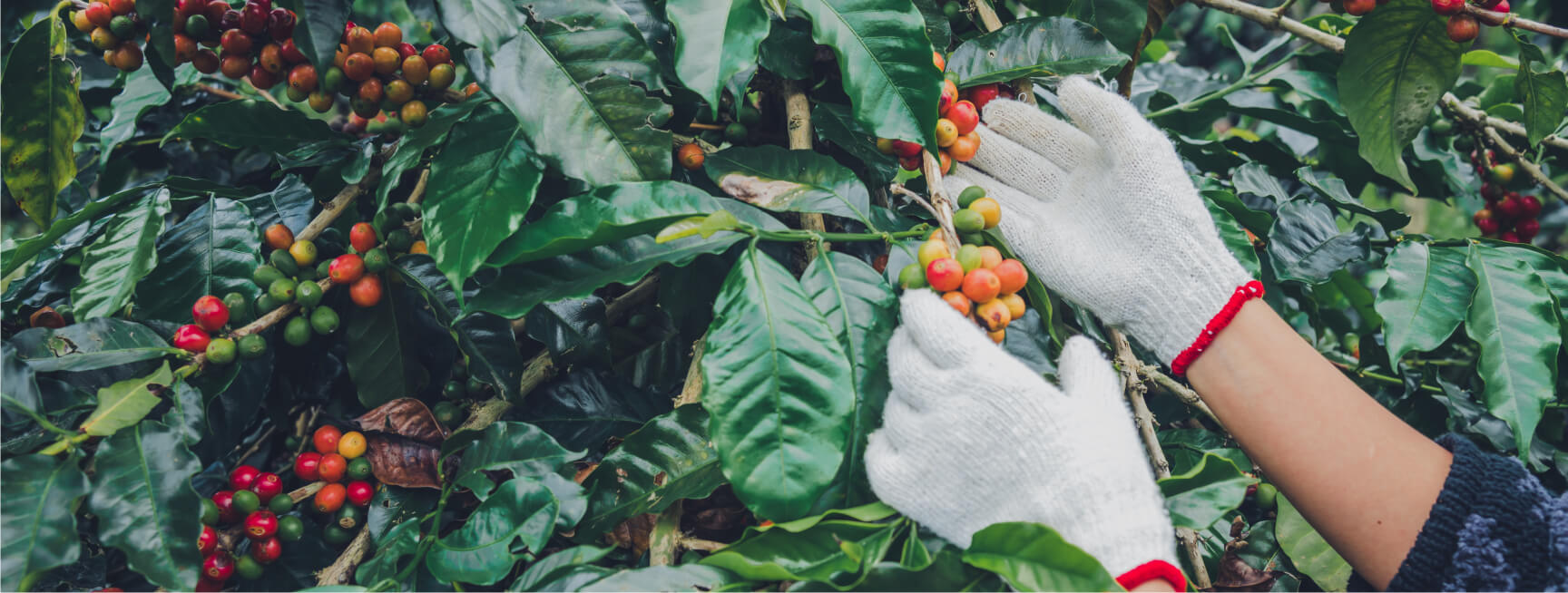

CHINA
Arabica
800–1,800 masl
(in 60 kg bags).
2,000,000
Oct.–Feb.
Catimor, Caturra, Typica, SL34
Chocolate, spicy, mild body
China
In the land of the brewing sun
As early as 1887, the country had its first experience with coffee, brought by missionaries. However, it took several decades before cultivation began, and to this day it can be said that China is on its way to being a true coffee consumer. Thus, about 95% of Chinese coffee grows in the Yunnan province in the southwest of the country. The most common cultivation being the Arabica variety Catimor.
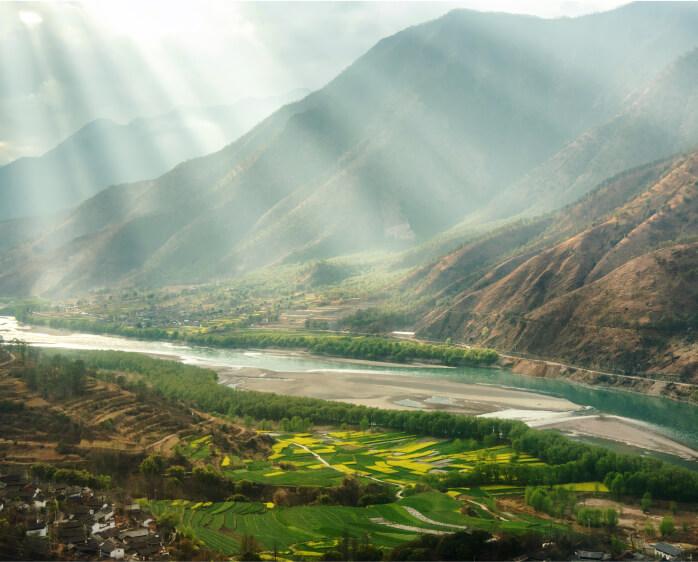
Freshly poured: our background info
- Robusta is grown in China only on the island of Hainan, but its share of total production is negligible.
- Chinese coffee tends to feature a discreet acidity and natural sweetness.
- Per capita consumption in China is extremely low, at only two to three cups per year, although that is swiftly growing.
- Expansion of coffee production is challenged by China's colder climate.
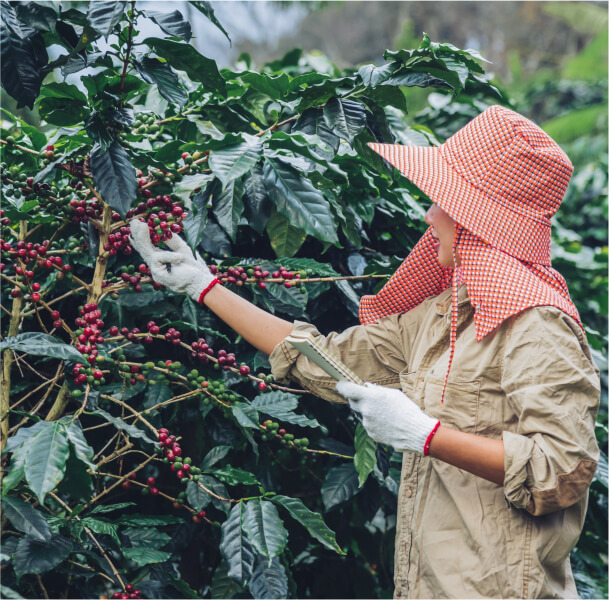
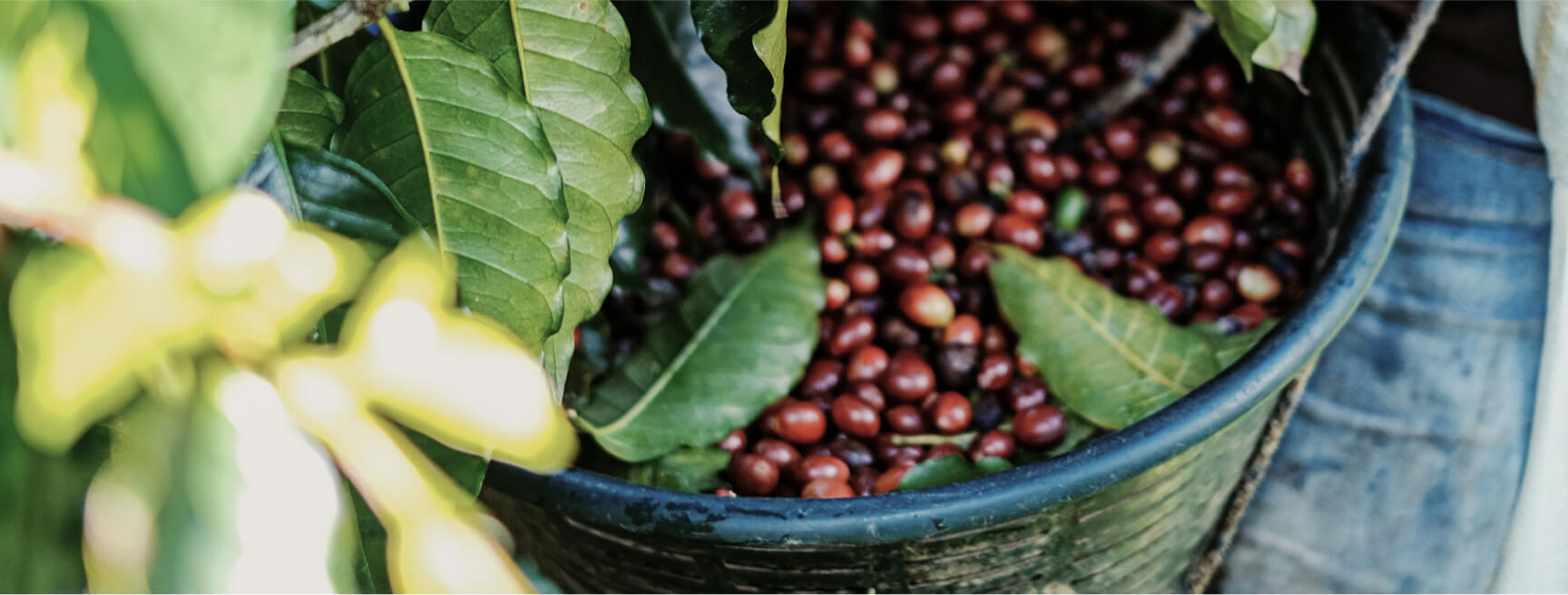

IndiA
Indien
800–2,000 masl
(in 60 kg bags).
1,500,000 Arabica and 3,800,000 Robusta
Oct.–Feb.
S795, S274, Selection (4, 5, 5B, 6, 9) Kent, Cauvery, Robusta
Spicy, mild, strong body
India
India: Coffee Inertia
India and coffee? Just as with China, most people are amazed when they learn about coffee production in the land of tea. Its history began with the legendary saint Baba Budan, who planted seven seeds of the mocha variety in the Baba Budan Giris farm in Karnataka in 1600 AD. For a long time, the plants remained a garden curiosity and slowly spread as backyard plantings. Thanks to British entrepreneurs, commercial coffee cultivation began in the 18th century, but tea had always been much more present. This changed around 1942 with the establishment of the Coffee Board of India. The government agency promoted coffee cultivation in the Indian highlands, which have perfect climatic conditions with their tropical, jungle-like vegetation. A special feature is their shade grown coffee, which provides the coffee plants with sufficient shade and is one of the main reasons for the special taste of Indian Arabica and Robusta beans, loved by connoisseurs all over the world.
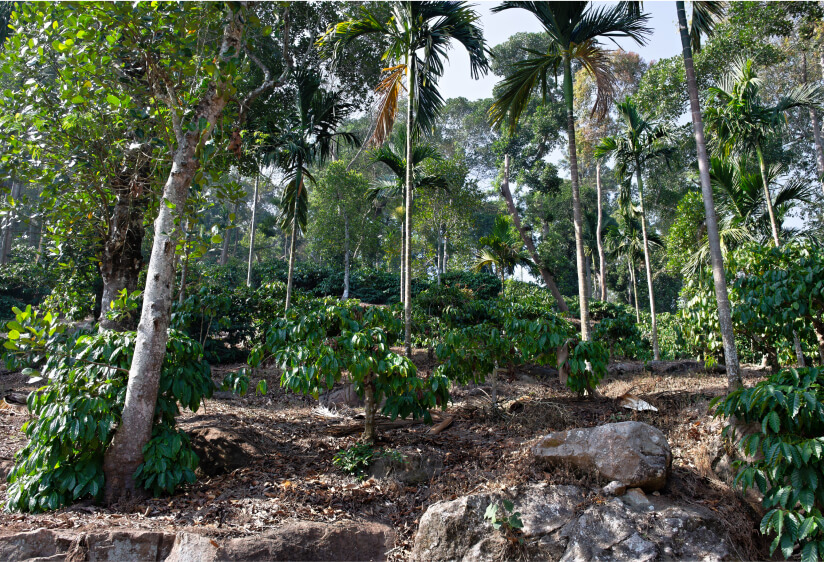
Freshly poured: our background info
- There are about 250,000 coffee farmers, of which 98% are smallholders
- Indian coffee has a low acidity with a very spicy-aromatic taste
- A speciality is the famous Monsooned Malabar: mild, smoky-earthy taste with notes of chocolate and herbs.
- Bananas, mangos, jackfruits, oranges or spices such as cardamom, cinnamon, cloves also grow next to the coffee - this use of mixed cultures is called "intercropping".
- Coffee from India is primarily sourced in the southern provinces of Karnataka, Kerala and Tamil Nadu and grown under a dense natural canopy of shade. The provinces are part of the Western and Eastern Ghats regions, which are also among the 25 Biodiversity Hotspots
- Coffee contributes significantly to the conservation of the region's unique biodiversity and is also responsible for socio-economic development in remote, hilly areas of the country"
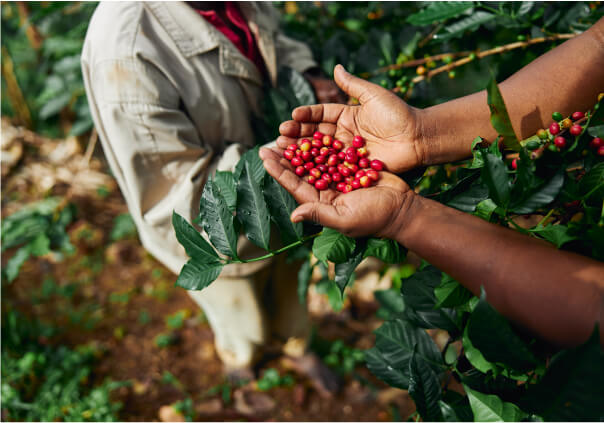
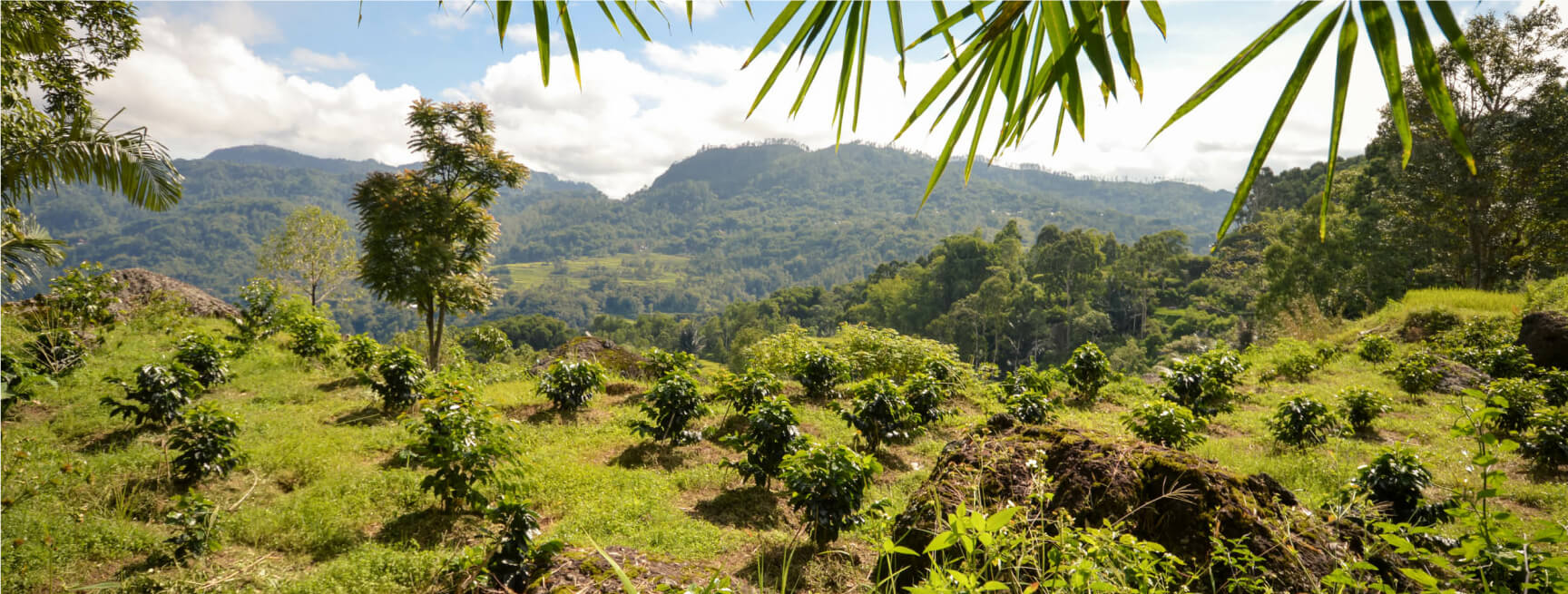

IndonesiA
Arabica and Robusta
900–1,800 masl
(in 60 kg bags).
1,900,000 Arabica & 10,150,000 Robusta
Oct.–Mai (Sumatra) Mai–Aug. (Java) Mai–Oct (Sulawesi)
Tim Tim, Ateng, Onan, Ganjang, Typica
Mild acidity, herbs, spicy
Indonesia
Indonesiens geschmackvolle Inseln
As early as 1712, the first Indonesian coffee was harvested on one of their 17,000 islands - Java - and sold in Amsterdam. It was the beginning of an unprecedented success story. Java became the most important coffee supplier for Europe at that time. Today, with a total annual production of more than 660,000 tons of coffee, Indonesia ranks fourth in the world and impresses with high-quality Arabica and Robusta coffees, including Kopi Luwak. One of the most expensive coffees in the world, this unique coffee is first consumed by a native creeping cat species, the spotted musangs. Afterwards, the beans are taken out of the animals' droppings and processed in a dry state. Over the years, Kopi Luwak has faced criticism for the living condiitions of the spotted musangs, and is best only consumed from audited supply chains.
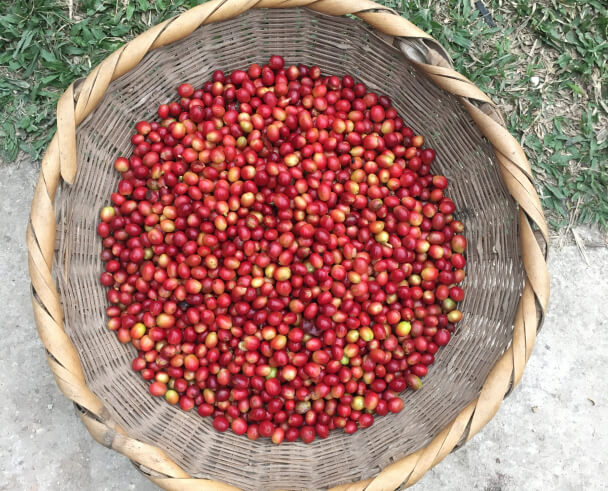
Freshly poured: our background info
- Production is spread out amongst the nation's islands, mainly: Sumatra, Java, Sulawesi and Bali
- Washed and unwashed coffees take a back seat to the signature Wet-Hulled method, known as Giling Basah. Under this rare method, farmers seperate the the coffee cherries from the skin when the coffee is still wet.
- Indonesians demonstrate a love for consuming coffee as well, drinking mostly Robusta varieties, while Arabicas serve the export market.
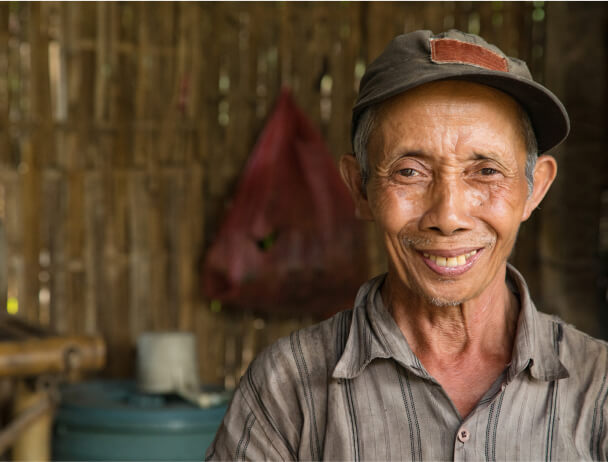
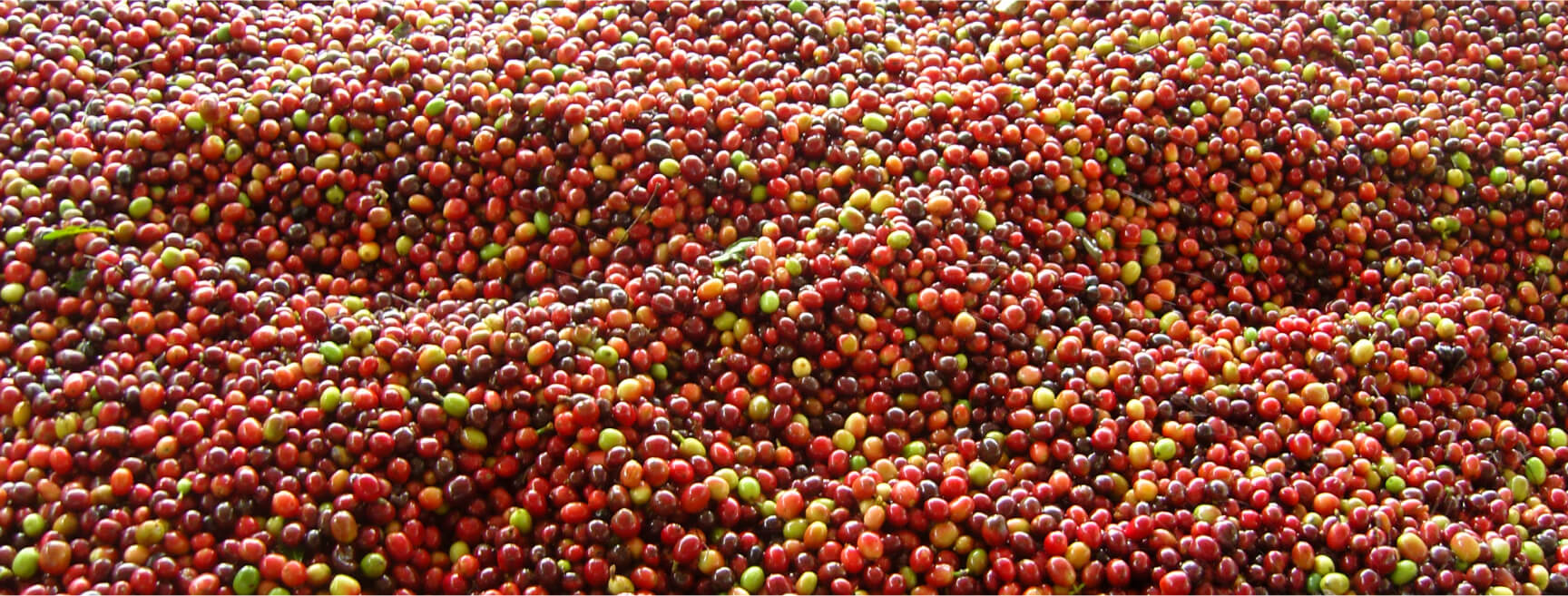

East Timor
Arabica AND Robusta
1,100–1,900 masl
(in 60 kg bags).
100,000 Arabica and 50,000 Robusta
May–Oct.
Catimor, Sarchimor, Hibrido de Timor
Mild body, light acidity
East Timor
East Timor: Coffee paves the way
The small island state in Southeast Asia loves and lives coffee cultivation like none other.. Coffee is the number one export and employs around 25% of the population, who pursue coffee production with a passion you can taste. Timor's coffee is of exceptional quality. This is due to the best climatic conditions and the high altitudes of the country, as well as the volcanic soil, which makes pesticides and artificial fertilizers unnecessary.
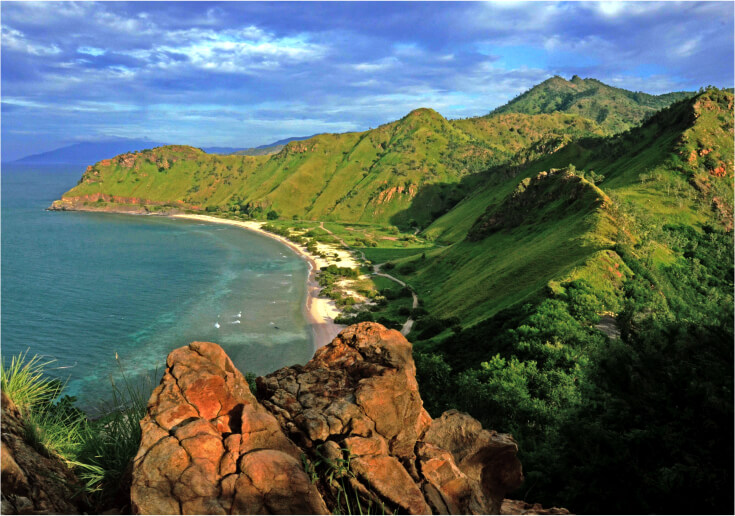
Freshly poured: our background info
- The coffee plantations date back to the time of Portuguese colonial rule.
- Coffee was introduced by the Portuguese in the early 1800s
- East Timor is one of the smallest coffee growing countries in the world
- Coffee is grown without chemicals and pesticides
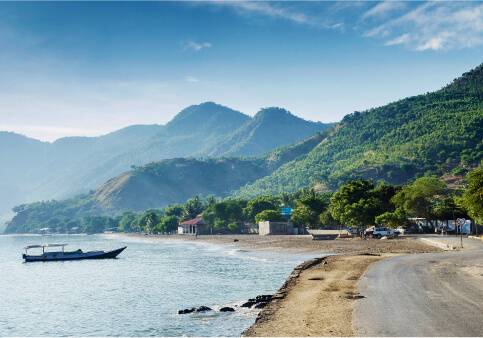
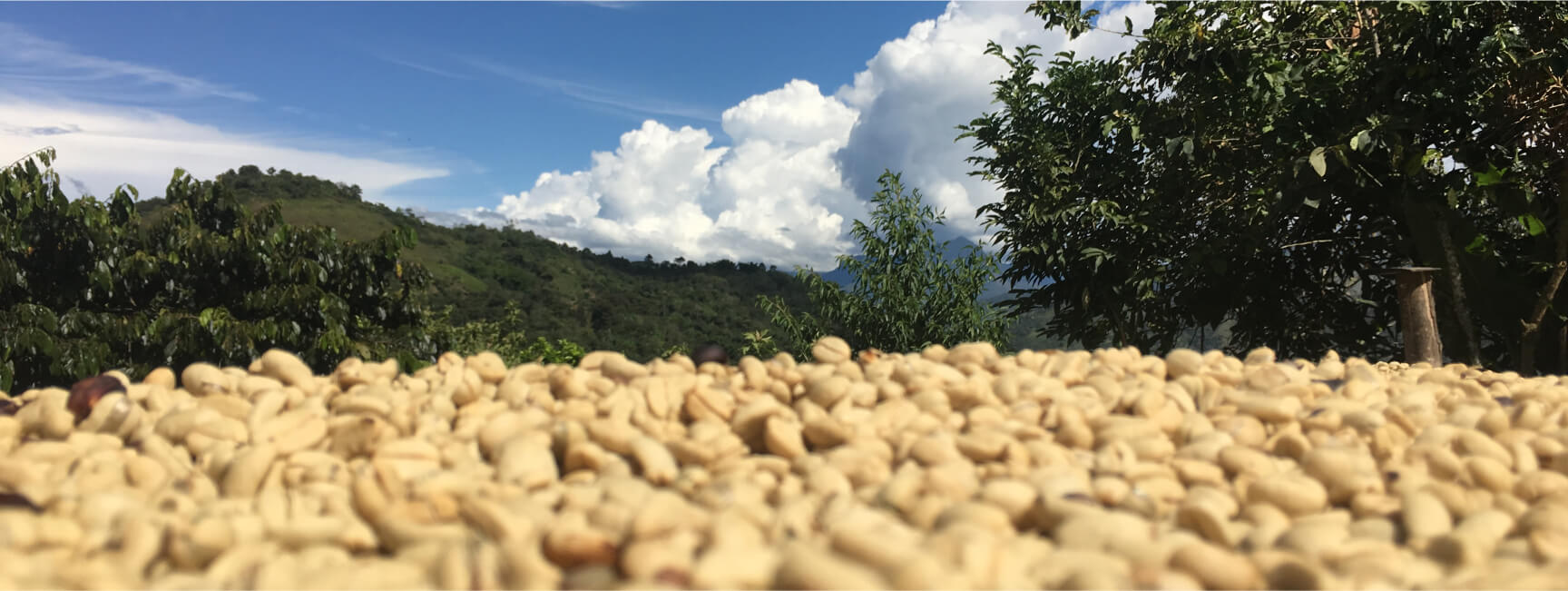

Papua New Guinea
Arabica
1,000 –1,600 masl
(in 60 kg bags).
850,000
Feb.–July (main crop). Dec.–Jan.(secondary harvest)
Arusha, Blue Mountain, Typica
Strong body, spicy, fruity
Papua New Guinea
Papua New Guinea's perfect plantations
The country in Oceania has excellent climatic conditions for coffee cultivation. Its diverse landscape, with rugged mountain ranges, deep valleys, and vast plateaus provide a wide variety of flavors. About 75% of the coffee here is grown on small plantations with less than 60 trees, located in the western and eastern highlands (1,300-1,600 meters above sea level). The coffee cultivated is mainly Arabica, with Mundo Novo, Caturra and Bourbon varieties. Robusta, which is grown in the lowlands of the Estern Septik region, accounts for about 5% of the coffee in Papua New Guinea.
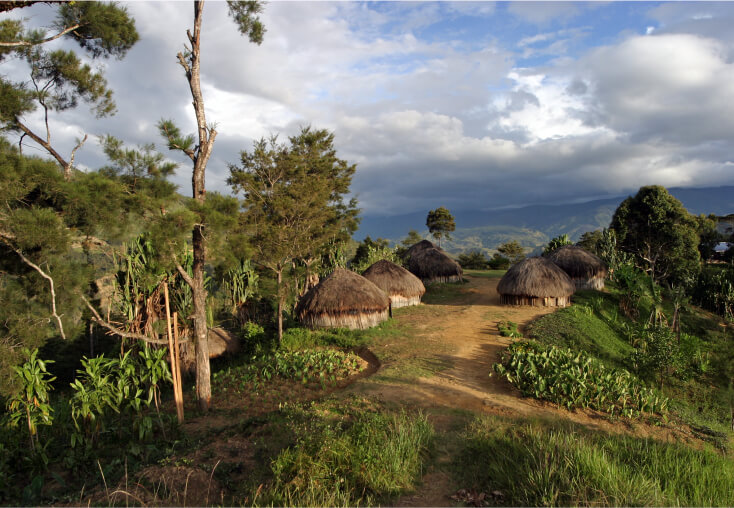
Freshly poured: our background info
- In Papua New Guinea there are over 800 languages and over 700 tribes
- Coffee was first cultivated around 1926 (Blue Mountain)
- The coffee sector is of enormous importance:
- About 40% of the population (about two to three million people) work directly or indirectly in the coffee industry
- No chemicals: The leaves of the trees, husks and pulp are used to fertilize naturally.
- Coffee from Papua New Guinea has a similar taste to Jamaica Blue Mountain:
- incomparable, intense-spicy character
- unusual notes: Smoke, foliage, earth and moss
- natural sweetness
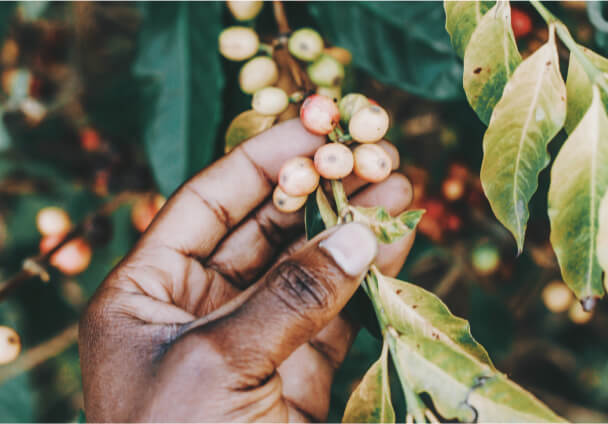
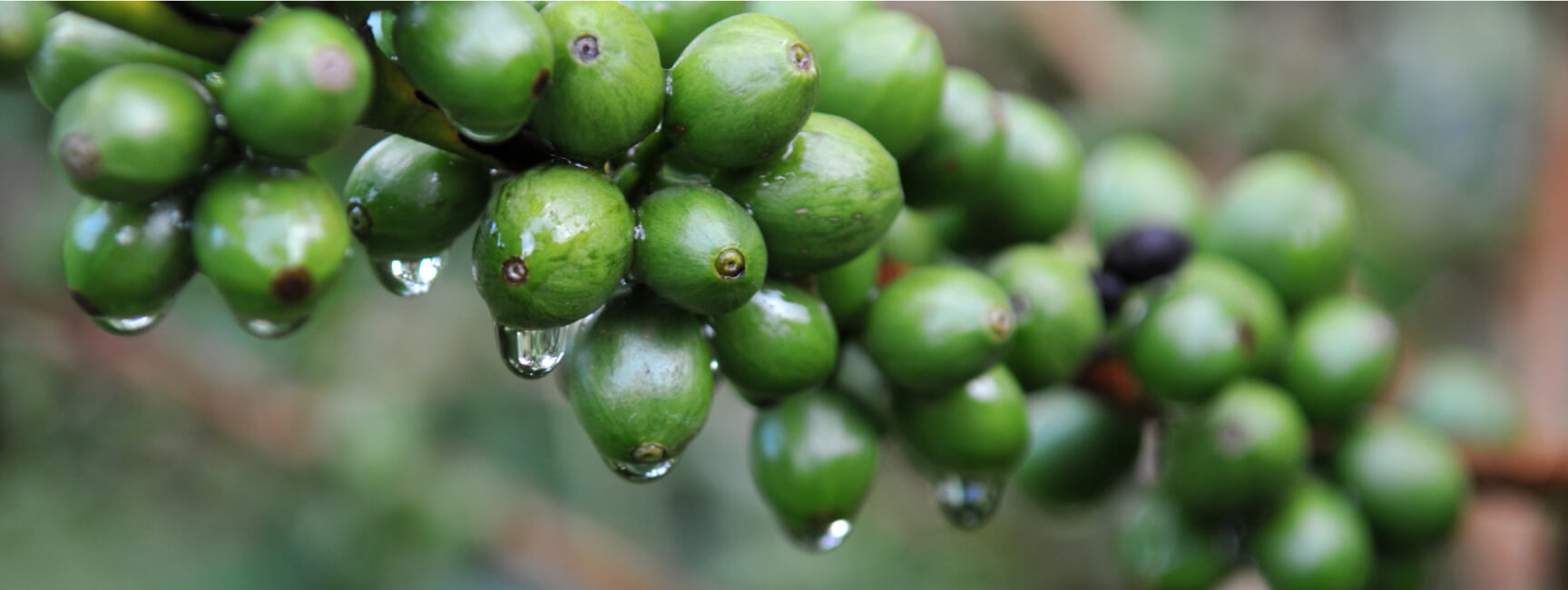

Vietnam
Arabica AND Robusta
600–1,000 masl
(in 60 kg bags).
1,500,000 Arabica and 29,500,000 Robusta
Oct.–Apr.
Robusta-Varieties, Catimor, Typica, Bourbon
Consistent, medium-bodied
Vietnam
Vietnam: small country, big production
When French missionaries brought coffee to Vietnam in 1857, they could not have imagined what it would lead to: The country is now the world's second-largest coffee producer. You read that right, because Vietnam cultivates its beans in a varied landscape with ideal climatic conditions, diligence and commitment - although the full economic potential of the coastal state was not discovered until around 1980. Intensive investment from the Soviet Union and East Germany caused Vietnam's coffee production to skyrocket. Today, the country grows mainly Robusta.
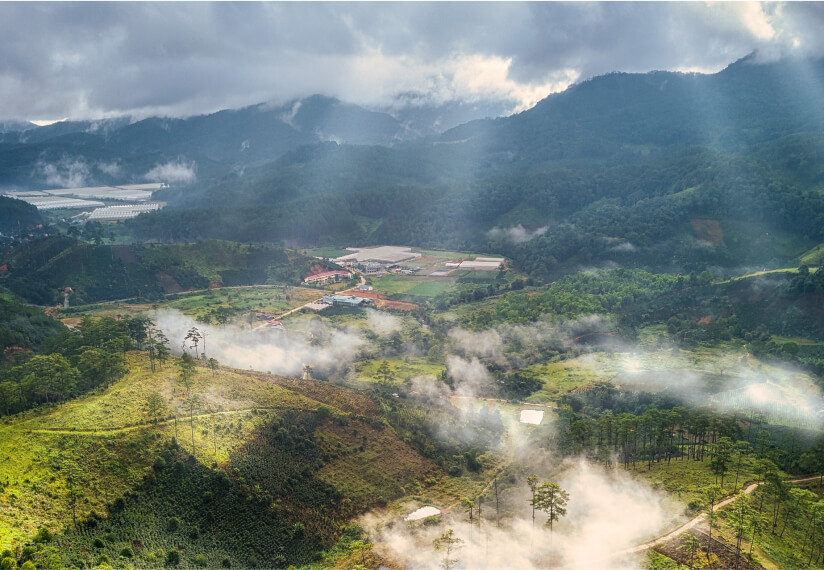
Freshly poured: our background info
- Growing areas are mainly located in the Central Highlands
- Robusta production over 95% on small farms
- Some coffee is grown on state-owned coffee plantations
- Shipment takes place via Ho Chi Minh City
- Strong increase in production due to large investments from the Soviet Union and East Germany in the 1970s and 1980s
- Both countries had very limited access to green coffee due to trade embargoes with Central American countries
- This required some creativity and a socialist-ruled country to meet their coffee needs
